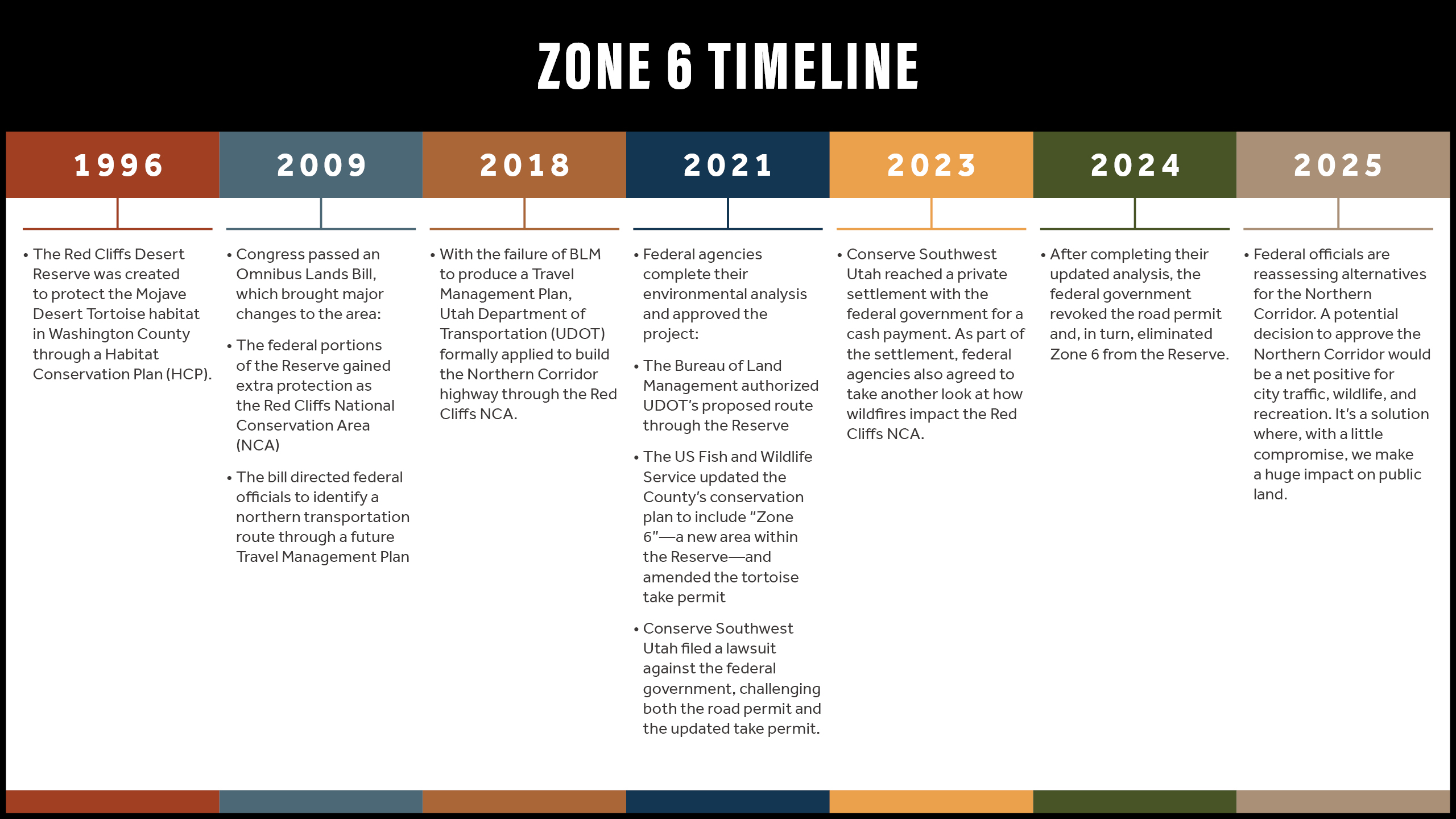Save Moe’s Valley and Bearclaw Poppy
Federal Agencies Reconsidering Reserve Expansion
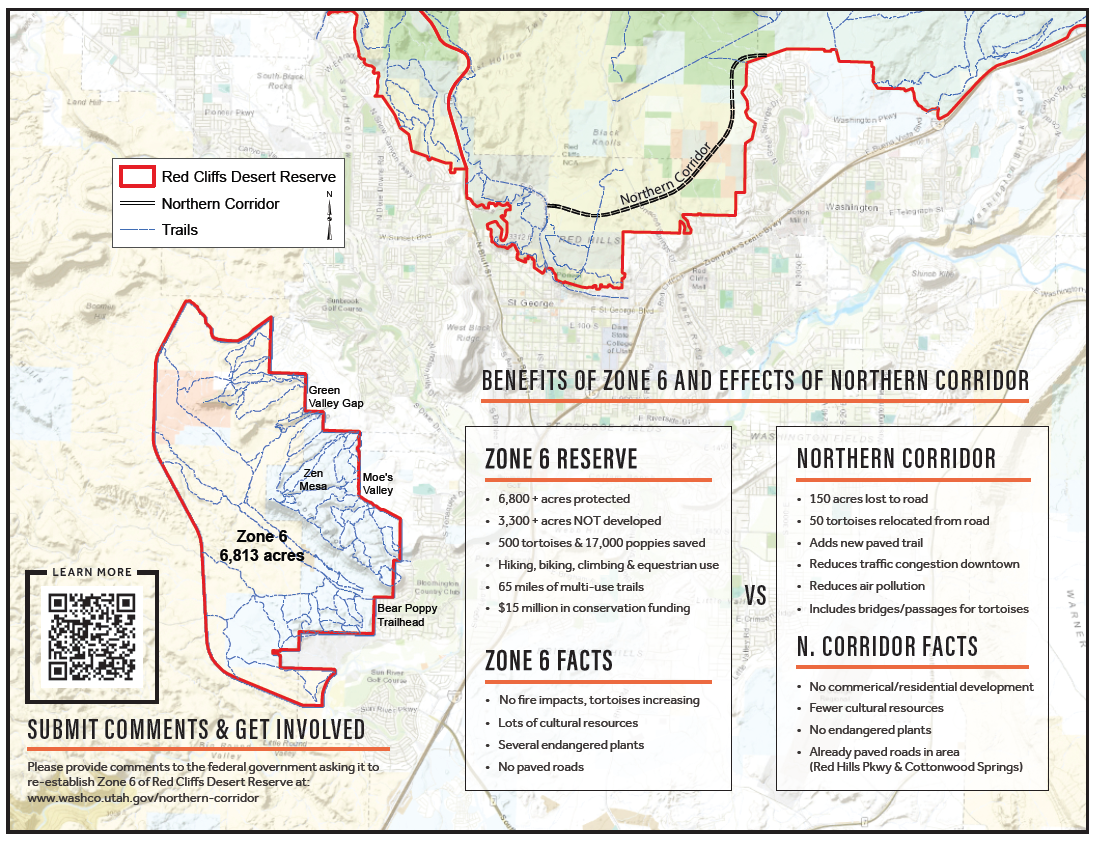
Although the public comment window is closed, the Bureau of Land Management (BLM) is considering reinstating protections for the Moe’s Valley area, known as Zone 6, and reassessing approval of the Northern Corridor Parkway. Additional information is available at the BLM National Environmental Policy Act Register.
Read this article from the Salt Lake Tribune, November 10, 2025.
Zone 6 is a nearly 7,000-acre expansion of the Red Cliffs Desert Reserve. It includes some of Southern Utah’s most treasured outdoor playgrounds such as the Greater Moe’s Valley and the Bearclaw Poppy trail system. Known worldwide for its mountain biking and rock climbing, this landscape also serves as vital habitat for more than 900 threatened desert tortoises and 17,000 endangered dwarf bearclaw-poppies.
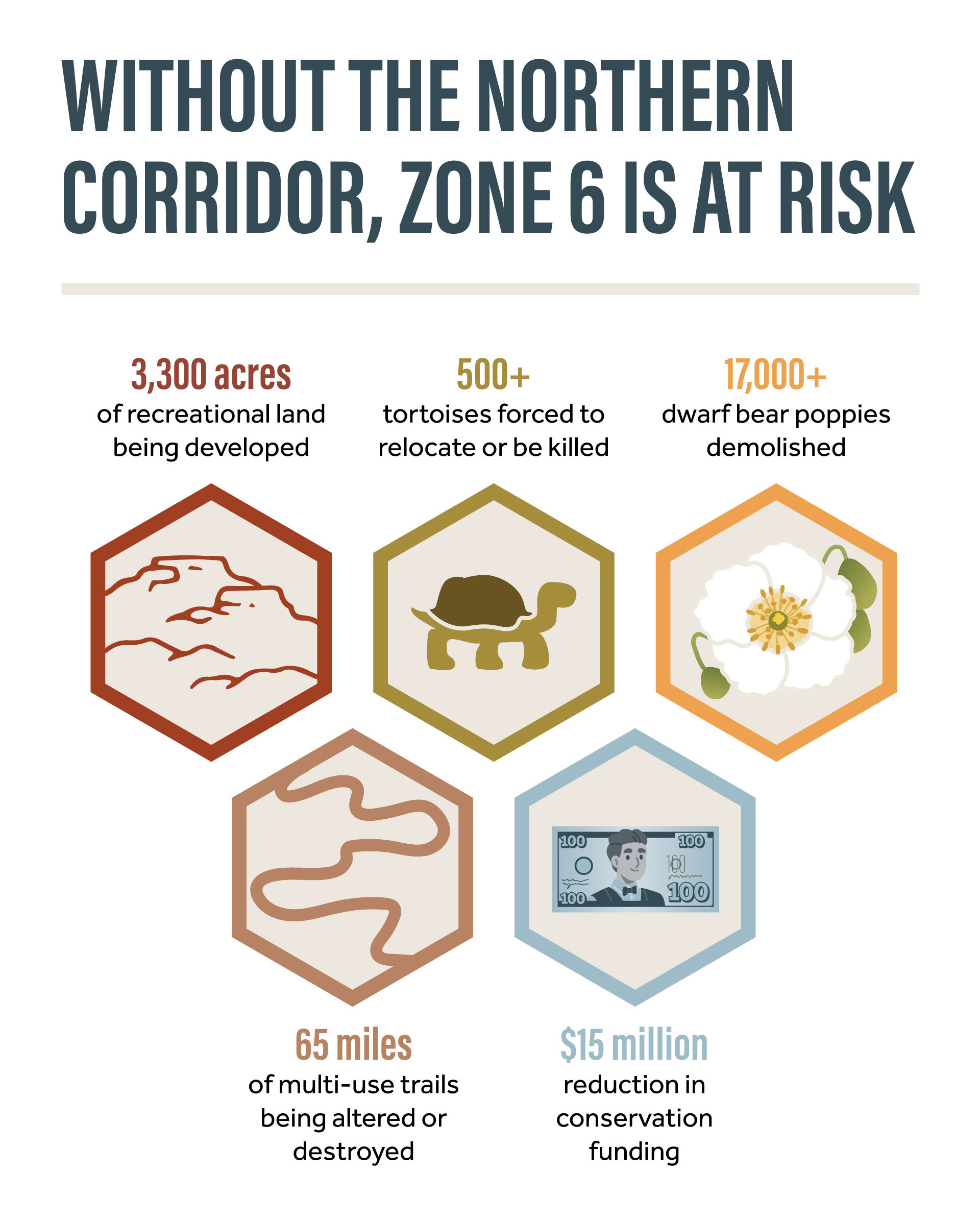 In 2021, the Northern Corridor right-of-way was authorized as part of a long-negotiated agreement with federal agencies to construct a connection between Washington Parkway and Red Hills Parkway. To replace the 150 acres within the Reserve that would be used for the roadway, over 6,800 acres were added through the designation of Zone 6. With a 6,650-acre net gain in habitat protection, this approach supported conservation and necessary road infrastructure in the County.
In 2021, the Northern Corridor right-of-way was authorized as part of a long-negotiated agreement with federal agencies to construct a connection between Washington Parkway and Red Hills Parkway. To replace the 150 acres within the Reserve that would be used for the roadway, over 6,800 acres were added through the designation of Zone 6. With a 6,650-acre net gain in habitat protection, this approach supported conservation and necessary road infrastructure in the County.
Due to a lawsuit from Conserve Southwest Utah (CSU), federal agencies initiated a supplemental review process which resulted in termination of the road permit and elimination of Reserve Zone 6. CSU and its out-of-state partners celebrated the new federal decision despite the more significant damage to endangered species and outdoor recreation. While they touted revoking the right-of-way AND keeping the new Reserve, this was NOT a legal option. When the BLM revoked the road permit, they also abolished the 6,800-acre Reserve expansion.
Now, the BLM is re-assessing alternatives for the road and taking a closer look at the immense conservation and recreational value Zone 6 provides to residents, visitors and wildlife in Washington County.
A Pivotal Moment for Locals and Visitors
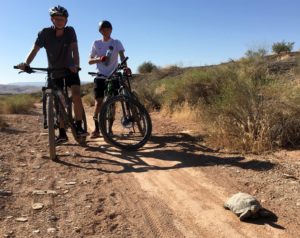 If the BLM re-authorizes the Northern Corridor, Zone 6 will once again be part of the Red Cliffs Desert Reserve, safeguarding endangered species, rare plants, and world-class recreation opportunities. But without these protections, Utah Trust Lands Administration (TLA) will sell their land in Zone 6. They have already received proposals to develop parts of the Bearclaw Poppy Trail system.
If the BLM re-authorizes the Northern Corridor, Zone 6 will once again be part of the Red Cliffs Desert Reserve, safeguarding endangered species, rare plants, and world-class recreation opportunities. But without these protections, Utah Trust Lands Administration (TLA) will sell their land in Zone 6. They have already received proposals to develop parts of the Bearclaw Poppy Trail system.
With development imminent, this may be the last opportunity to protect this area. Public input will help shape the future of Zone 6 and determine whether this unique desert landscape is preserved for generations to come.
What Can You Do?
Reach out directly to the Bureau of Land Management, US Fish and Wildlife Service and Conserve Southwest Utah.
Please share your support for expanding the Reserve to include Zone 6 and to provide the protection needed for tortoises, rare plants, and outdoor recreation.
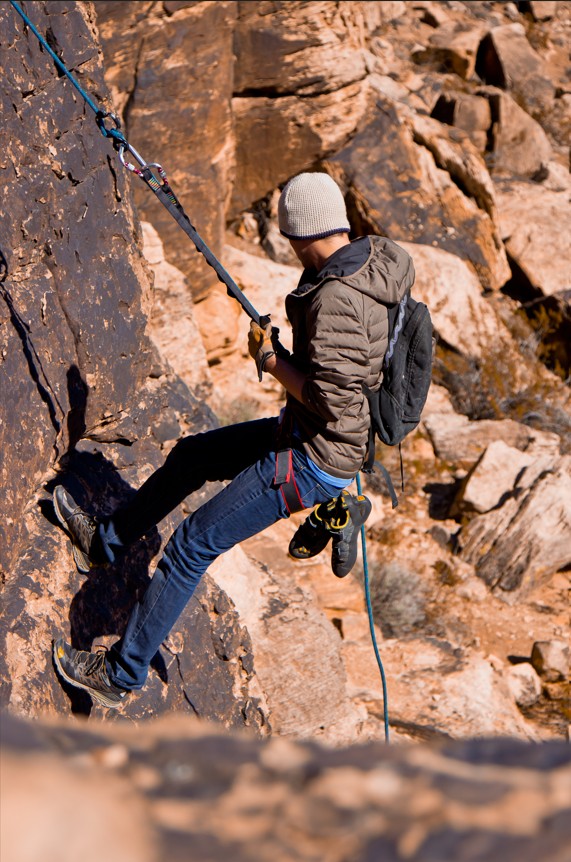 Bureau of Land Management
Bureau of Land Management
4001 E Aviator Dr
St. George, UT 84790
(435) 688-3200
BLM_UT_NorthernCorridor@blm.gov
US Fish and Wildlife Service
2369 W Orton Cir #50
West Valley City, UT 84119
(801) 975-3330
utahfieldoffice_esa@fws.gov
Conserve Southwest Utah
321 N Mall Dr B202
St. George, UT 84790
(435) 200-4712
email@conserveswu.org
Frequently Asked Questions
Why is the Reserve expansion needed?
The private lands in Zone 6 are included in the county’s incidental take permit, allowing them to be developed by TLA or other private landowners. However, with the reinstatement of the Northern Corridor, they would be added to the Reserve, making them unavailable for development. Expansion of Red Cliffs Desert Reserve (aka Zone 6) is essential to protect vulnerable plant and wildlife species and also to preserve recreational opportunities.
With this expansion, the Reserve would grow by over 6,800 acres, providing refuge to over 900 threatened Mojave Desert Tortoises and 17,000 endangered dwarf-bear poppies. In addition, internationally renowned recreational land would be protected. Trails such as The Zen and Dwarf-bear Poppy are among the most highly ridden bike trails in the county. And Moe’s Valley and Green Valley Gap draw visitors from all over the world as sought-after climbing destinations.
Why not stop the road AND keep the new Reserve?
Conserve Southwest Utah and their out-of-state partners continue to push a false narrative: that the road could be stopped while keeping Zone 6 protected. This was never a legal option for federal agencies — and here are two reasons why it wasn’t granted in 2024 and will not be considered in 2025.
Reason 1: Half of Zone 6 isn’t federally managed. It’s owned by the Utah Trust Lands Administration (TLA), which is required to generate money for Utah schools. Their agreement to include these lands in the Red Cliffs Desert Reserve was tied directly to approval of the Northern Corridor. Without the road, TLA cannot keep the lands in the Reserve. Instead, they will likely sell to developers.
Reason 2: The County’s Habitat Conservation Plan (HCP) is backed by federal assurances. HCPs are voluntary agreements that local entities (like the County) enter with the federal government to facilitate development while at the same time protecting threatened or endangered species. The federal government encourages these agreements since many species are more vulnerable on state and private lands. To this end, federal agencies include something called “No Surprises Assurances” with each HCP agreement. This clause essentially states that a deal is a deal, and they will not come back and ask for additional compensation in land or money. The only viable path to keep these lands protected is to re-authorize the Northern Corridor.
- There is no option to stop the road and keep Zone 6.
- Without the road, Zone 6 will almost certainly be sold and developed.
- Compromise through the Northern Corridor is a win-win solution which maximizes land protection while supporting transportation needs.
Why do we need the Northern Corridor?
Washington Parkway (aka Northern Corridor) has been a part of local transportation planning efforts for several decades. As Washington County continues to grow, traffic models show significant slowdowns along St. George Blvd, Red Hills Parkway, and at 70 other intersections. Due to the local topography, a natural bottleneck occurs at the Middleton Black ridge, where few roads can pass through. The proposed road would add another vital connection between Washington and St. George to alleviate the traffic caused by this bottleneck. Without the eventual construction of the Northern Corridor, our community will suffer from increased traffic, congestion, and significant air pollution.
When and how was the Northern Corridor approved?
In 2009, Congress ensured that the Northern Corridor would eventually be built when it designated the Red Cliffs National Conservation Area (NCA) through an Omnibus Bill. With the NCA designation, the Bureau of Land Management (BLM) was mandated to include a route for this corridor in its Travel Management Plan in no more than three years. A full 15 years later and the BLM has still not completed a Travel Management Plan. With no plan in place, Utah Department of Transportation submitted an application to BLM for a Northern Corridor right-of-way (ROW). It was reviewed and carefully analyzed for several years, resulting in a Final Environmental Impact Statement (FEIS) and the issuance of a right-of-way permit in 2021. It was intended that the approved route would be incorporated into the BLMs Travel Management Plan whenever they complete it at a future date.
Are Zone 6 protections simply a “bargaining chip” for the Northern Corridor Highway?
No.
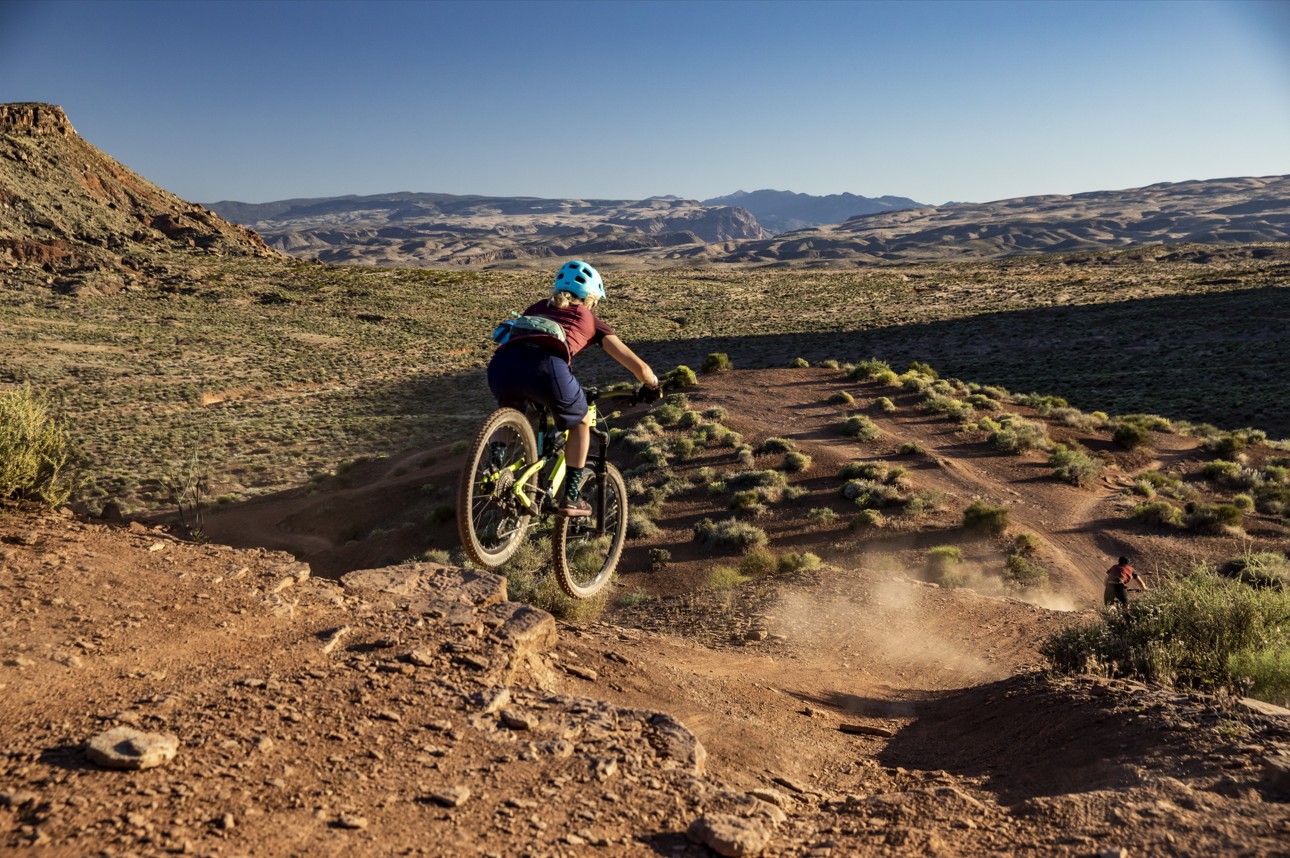 Before 2021, all state and private lands in Zone 6 were authorized for development, meaning Moe’s Valley, Zen Trail, and Bearclaw Poppy could have been plowed under. The County — aware that Utah Department of Transportation (UDOT) was considering a highway route through the Red Cliffs Desert Reserve — turned the potential ROW into a winning compromise for infrastructure and conservation. TLA, the biggest landholder in Zone 6, was able to justify putting more land in the Reserve if the road was approved because the Northern Corridor would funnel traffic to their properties in Washington City, substantially increasing the commercial real estate value of their land. This satisfied TLA’s financial objective to monetize their lands, addressed a looming traffic problem, and was a net positive for wildlife and recreation.
Before 2021, all state and private lands in Zone 6 were authorized for development, meaning Moe’s Valley, Zen Trail, and Bearclaw Poppy could have been plowed under. The County — aware that Utah Department of Transportation (UDOT) was considering a highway route through the Red Cliffs Desert Reserve — turned the potential ROW into a winning compromise for infrastructure and conservation. TLA, the biggest landholder in Zone 6, was able to justify putting more land in the Reserve if the road was approved because the Northern Corridor would funnel traffic to their properties in Washington City, substantially increasing the commercial real estate value of their land. This satisfied TLA’s financial objective to monetize their lands, addressed a looming traffic problem, and was a net positive for wildlife and recreation.
How is conservation funding affected by these decisions?
The county’s Habitat Conservation Plan (HCP) is the primary funding source to help manage and protect tortoises in the County. The HCP agreed to support nearly $28 million in tortoise-related conservation funding. However, if the Northern Corridor does not occur, and Zone 6 is not established, the conservation funding available in that plan shrinks to under $12 million.
This reduction prevents the HCP from crucial conservation efforts. The lost $15 million of funding would otherwise be used to reduce fires, restore and acquire habitat, add tortoise passages under Cottonwood Road, construct fencing, monitor tortoises, manage recreation, increase law enforcement, and control raven predation.
How would the Reserve expansion area compare to the road impacts?
The Northern Corridor would affect the desert tortoise, but it’s important to evaluate how those effects would compare to the new Reserve which is intended to offset those impacts. The Northern Corridor would consist of a 300-foot right-of-way spanning approximately 1.9 miles over federal land and 2.4 miles over state and private lands. In total, this would result in the removal of 150-acres of tortoise habitat from the Reserve, of which approximately 65 acres occur in the National Conservation Area (NCA). An estimated 40-50 tortoises would be moved out of the fenced right-of-way prior to construction of the road. Comparatively, the Reserve Zone 6 is significantly larger, with a lot more tortoises. It supports 6,813 acres and an estimated 901 tortoises. Of those, 3,341 acres are state or privately owned and would otherwise be authorized for development (the eastern half of Zone 6). If that occurs, it would require the removal of up to 500 tortoises.
Would tortoises be able to cross the road?
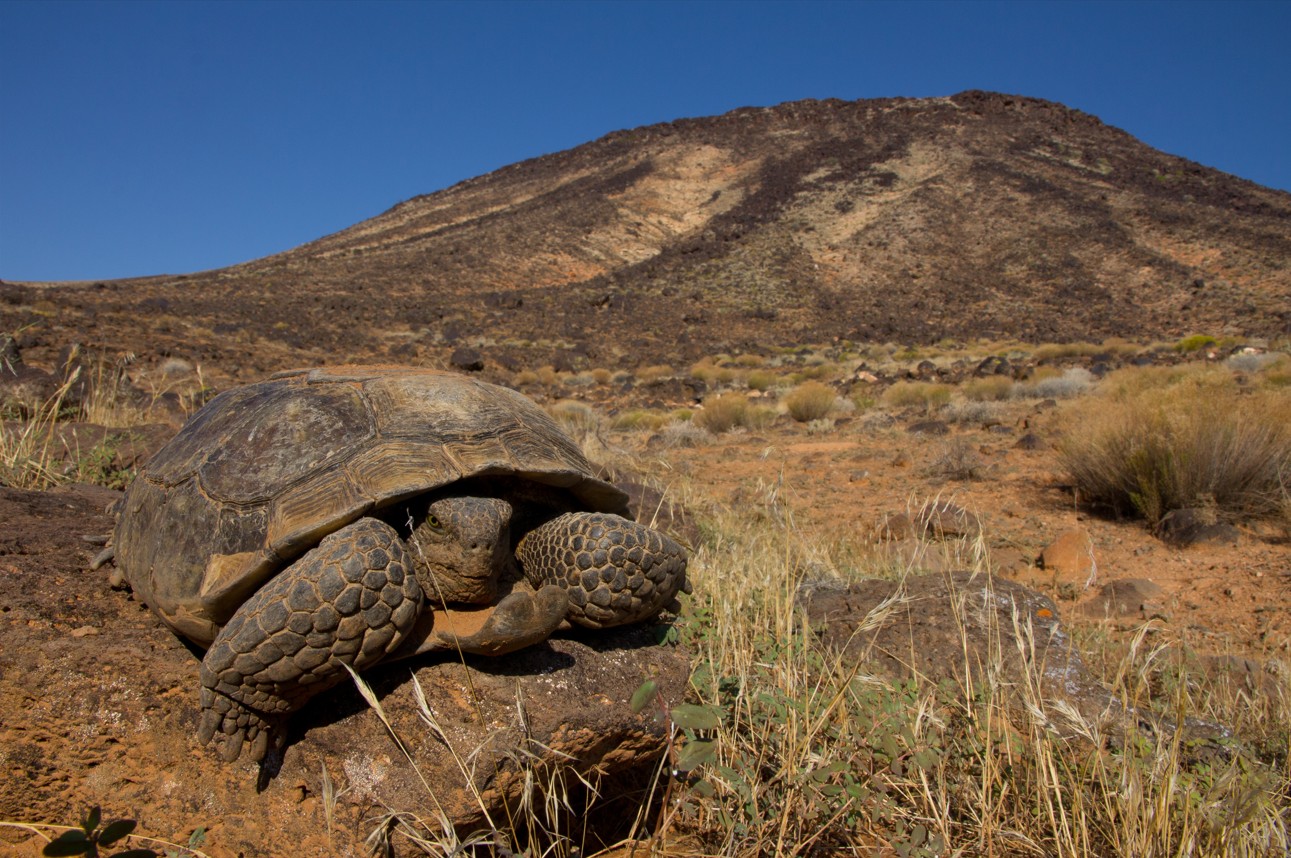 Absolutely! While relocation initially disorients tortoises, after a brief time they return to their normal behavior and learn to utilize road crossing features. And they apparently love crossing through culverts. Using camera traps at culverts on the similarly built Red Hills Parkway, Washington County documented 442 tortoise observations in 2022 and 2023. These observations included a minimum of 157 confirmed crossings and 120 events where the tortoise used the culvert for shelter. At least 45 different tortoises used the 6 culverts in 2022 and 66 different individuals used 5 culverts in 2023. Due to poor motion sensitivity in the cameras, these observations only represent an estimated half of the tortoise activity that occurred during that time period.
Absolutely! While relocation initially disorients tortoises, after a brief time they return to their normal behavior and learn to utilize road crossing features. And they apparently love crossing through culverts. Using camera traps at culverts on the similarly built Red Hills Parkway, Washington County documented 442 tortoise observations in 2022 and 2023. These observations included a minimum of 157 confirmed crossings and 120 events where the tortoise used the culvert for shelter. At least 45 different tortoises used the 6 culverts in 2022 and 66 different individuals used 5 culverts in 2023. Due to poor motion sensitivity in the cameras, these observations only represent an estimated half of the tortoise activity that occurred during that time period.
In some cases, tortoises used multiple culverts during a season, traveling up to 1,300 meters. Cameras at culverts captured tortoise interactions such as combat and courtship, and in one case, even recently hatched tortoises. This new research shows that tortoises frequently visit culverts for crossing the road and to seek shelter or nesting opportunities. Crossing features for tortoises at the Northern Corridor would be larger, more closely spaced, and more suitable than what was done for Red Hills Parkway. See 4/20/23 & 12/20/23 reports.
What about rare plants? How are they affected by these decisions?
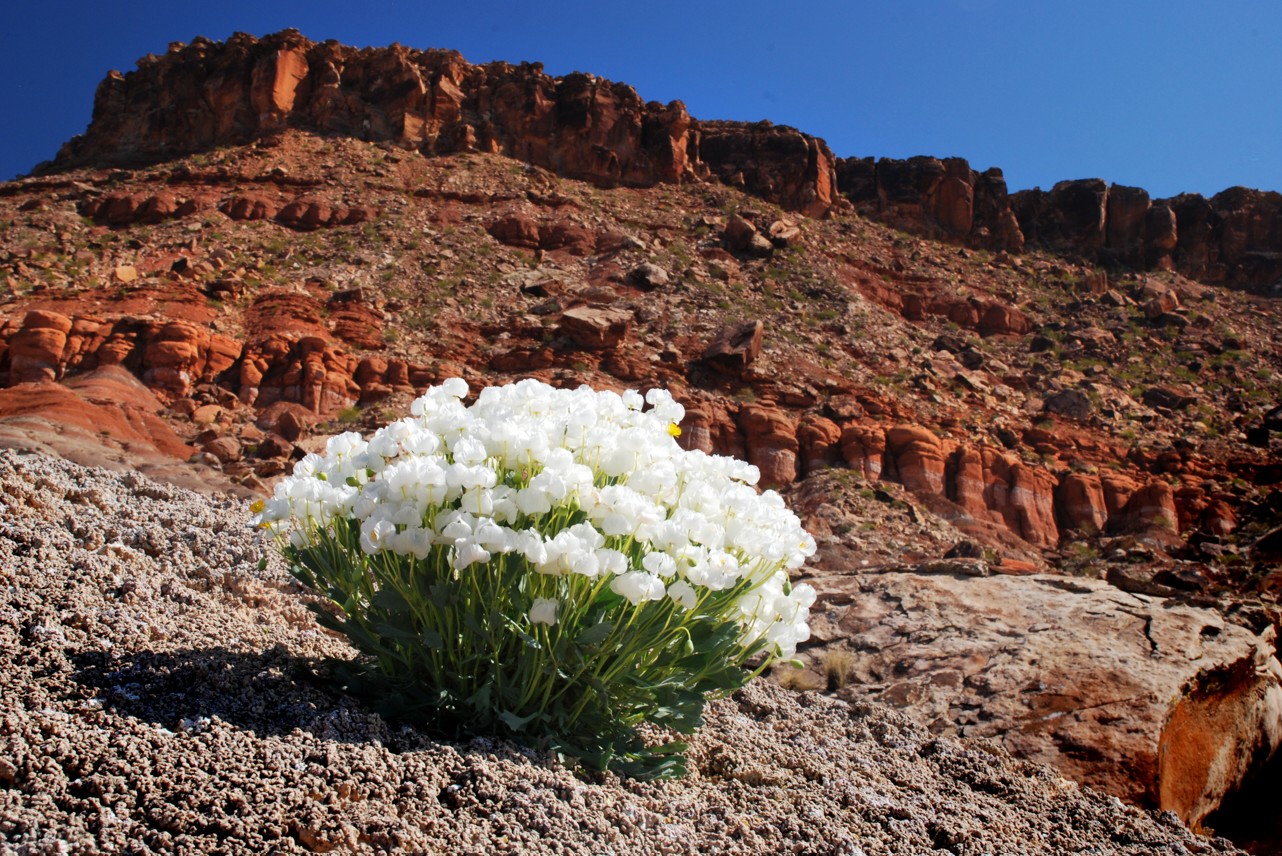 While desert tortoises would greatly benefit from Zone 6 being reinstated, there are also two federally endangered plant species which occur there. Dwarf bear poppies thrive on the thick biological crusts prominent throughout the central portion of Zone 6. Drone surveys of this area recently estimated a population of over 72,000 poppies. Approximately 17,000 of these plants occur on the State-owned properties, meaning that they do not otherwise have any federal protection. When the Reserve status was eliminated, the State could sell those lands to developers and those plants would be demolished with no mitigation required. Holmgren’s milkvetch also occurs in the northwest corner of Zone 6 and it would benefit from the Reserve designation because of increased habitat management, law enforcement, elimination of grazing, and the County’s outreach program. Conversely, the Northern Corridor does not support habitat for any listed plants. Therefore, its authorization would actually provide a pathway to protect both dwarf-bear poppies and Holmgren’s milkvetch which are otherwise at risk.
While desert tortoises would greatly benefit from Zone 6 being reinstated, there are also two federally endangered plant species which occur there. Dwarf bear poppies thrive on the thick biological crusts prominent throughout the central portion of Zone 6. Drone surveys of this area recently estimated a population of over 72,000 poppies. Approximately 17,000 of these plants occur on the State-owned properties, meaning that they do not otherwise have any federal protection. When the Reserve status was eliminated, the State could sell those lands to developers and those plants would be demolished with no mitigation required. Holmgren’s milkvetch also occurs in the northwest corner of Zone 6 and it would benefit from the Reserve designation because of increased habitat management, law enforcement, elimination of grazing, and the County’s outreach program. Conversely, the Northern Corridor does not support habitat for any listed plants. Therefore, its authorization would actually provide a pathway to protect both dwarf-bear poppies and Holmgren’s milkvetch which are otherwise at risk.
